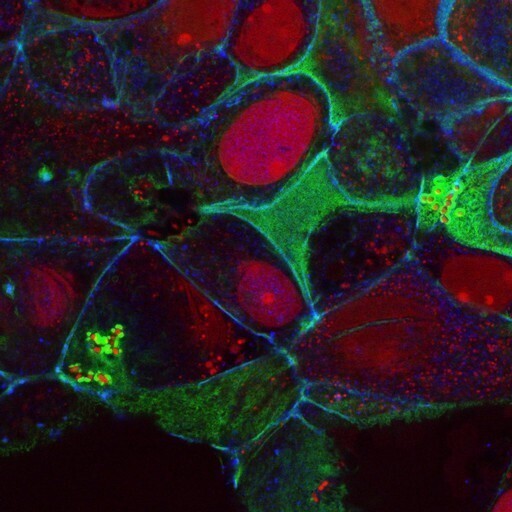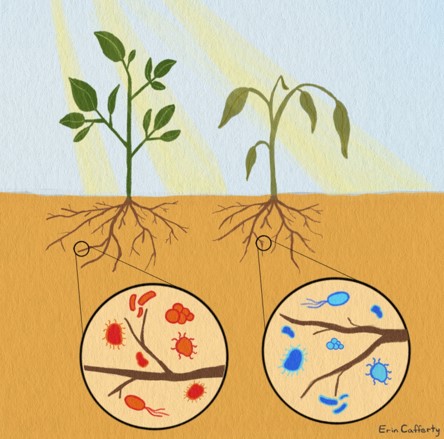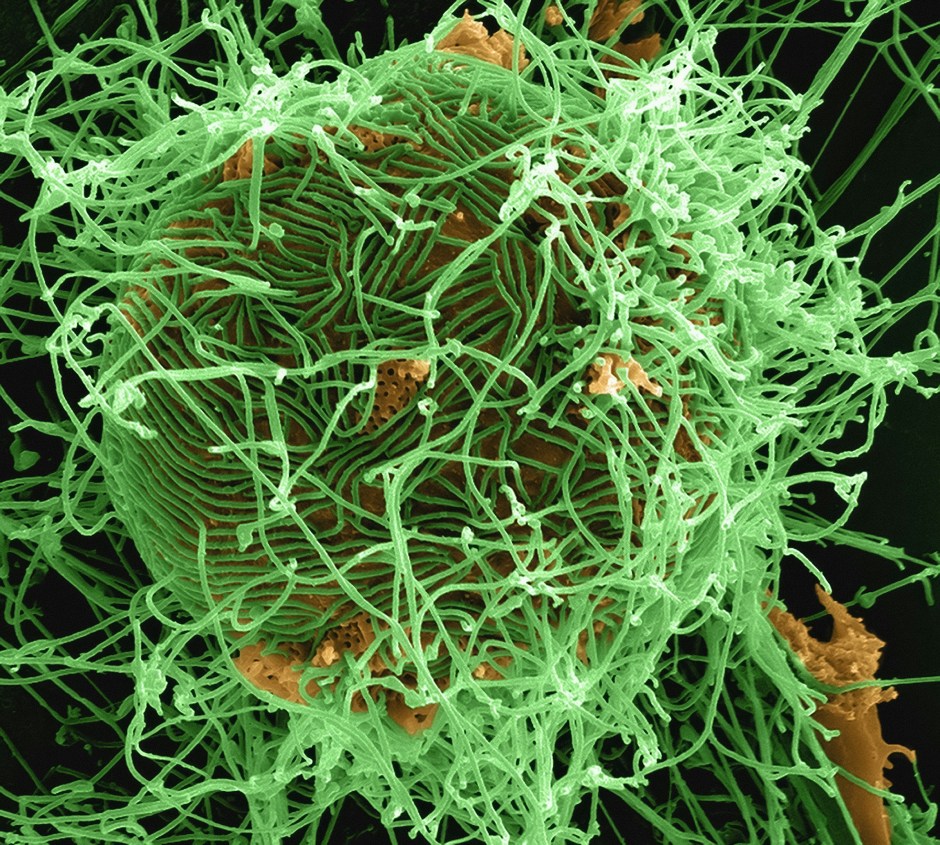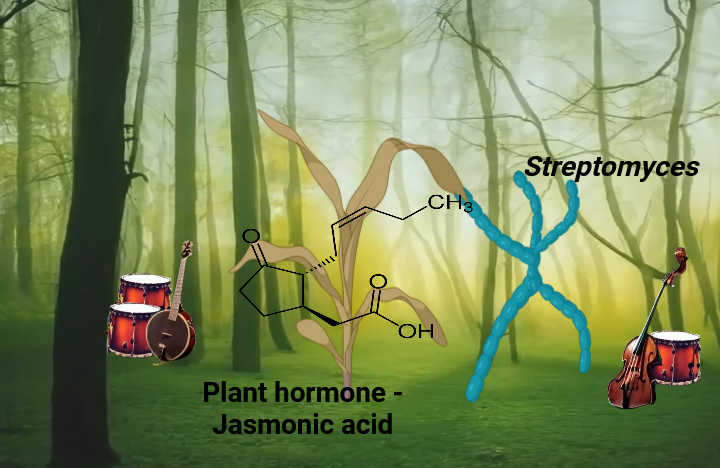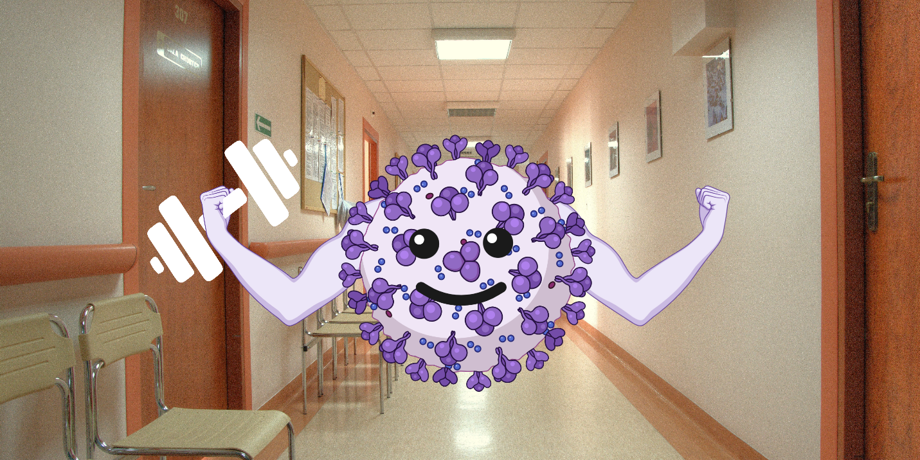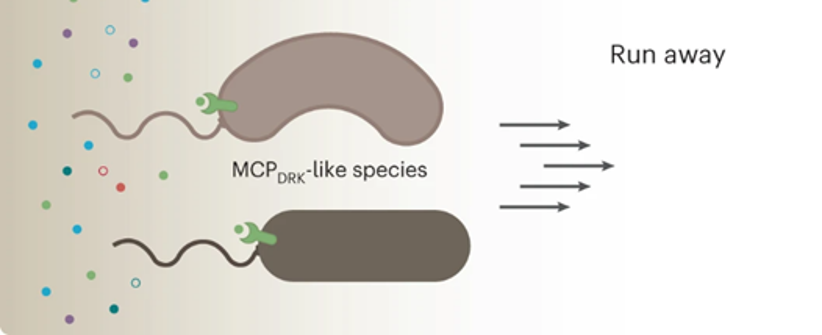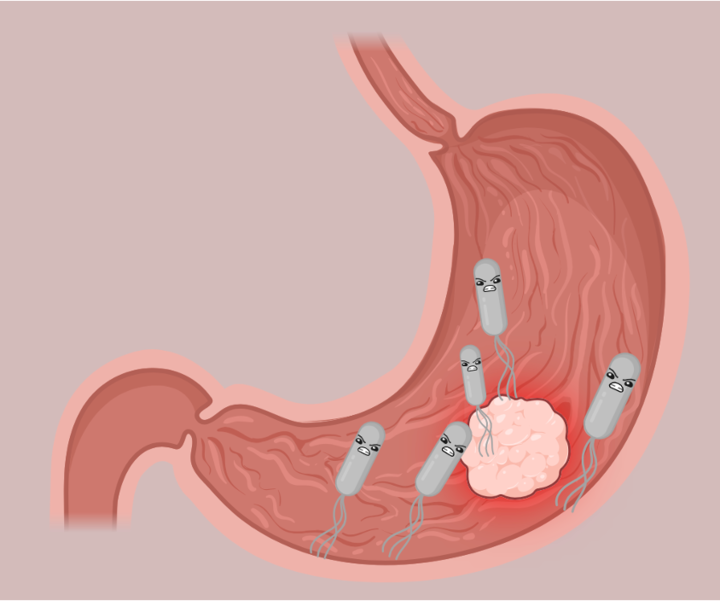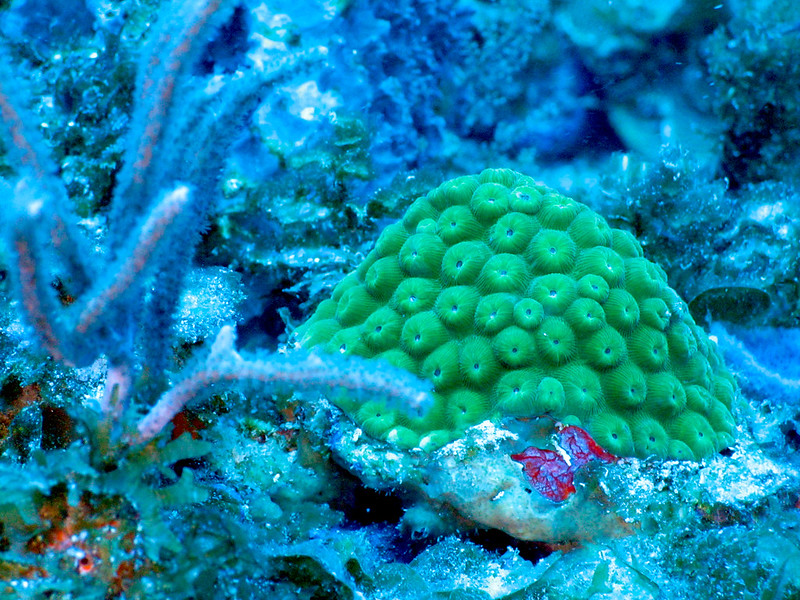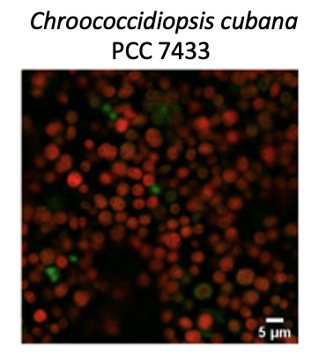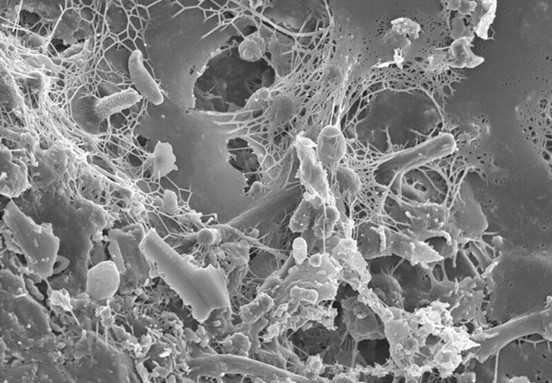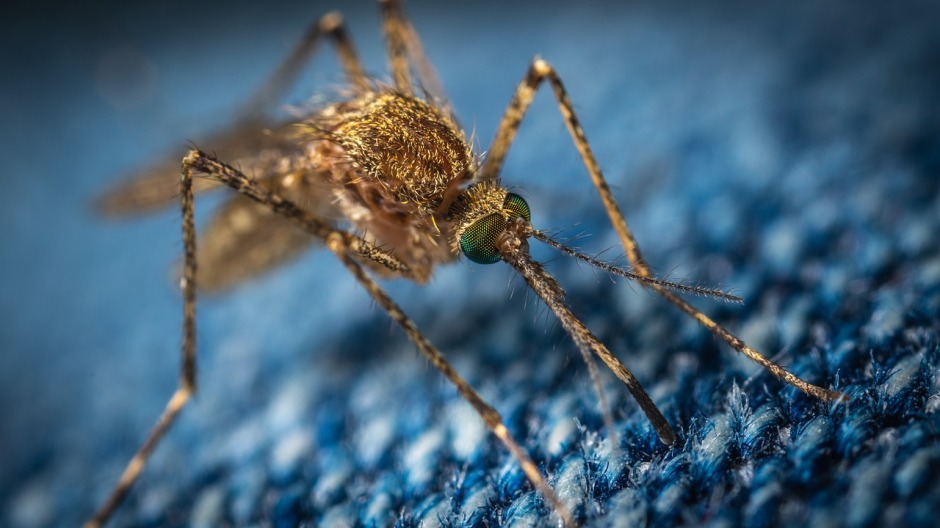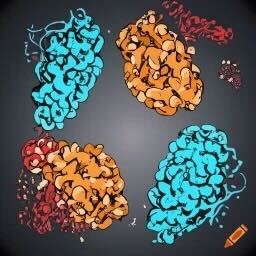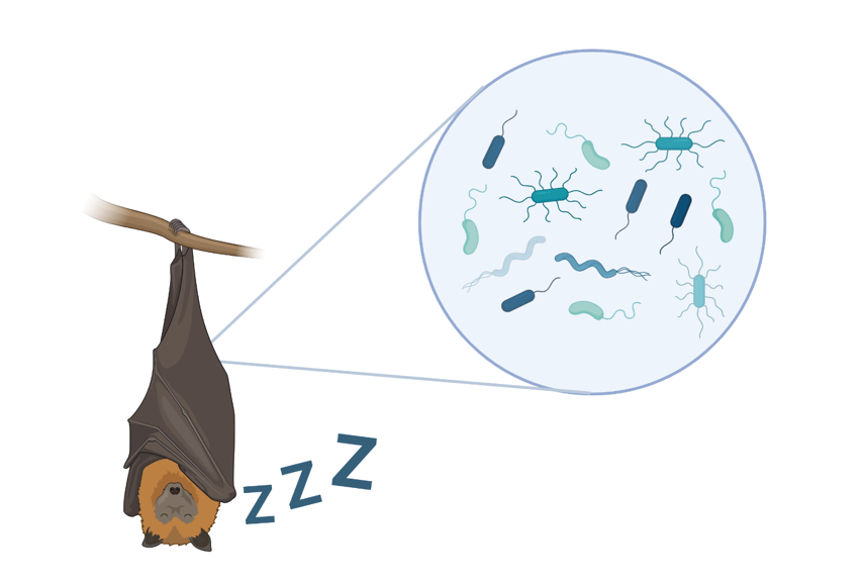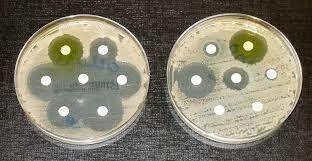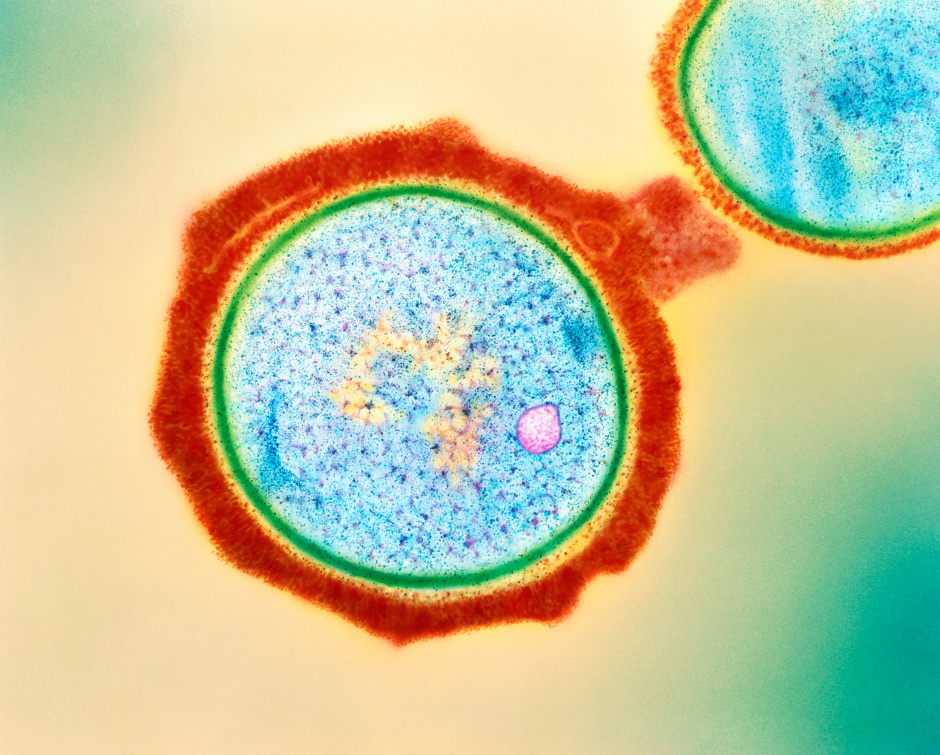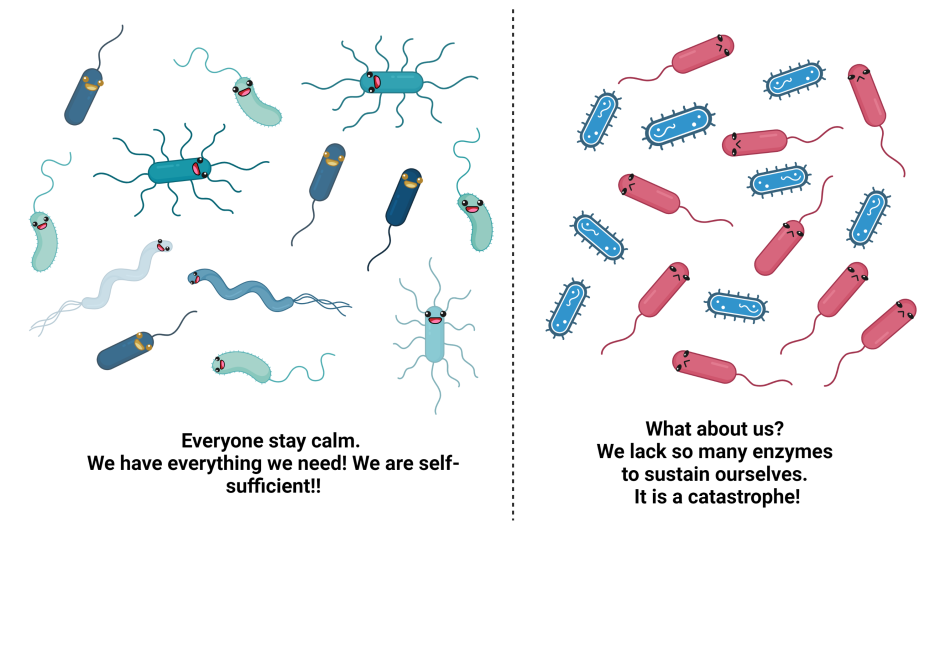
Breaking down the microbiology world one bite at a time
Fermented food fighting for us- Part I
In the early days of the pandemic, researchers scrambled to mitigate the devastating effects of COVID-19’s spread. Desperate, they looked to trends within the epidemiological data. Despite high infection rates, there were marked lower mortality rates in Eastern Asian and Central European countries. An underlying feature that gave researchers pause were the countries’ use of fermented foods in their culinary culture [1].
This would, to the more discerning reader, seem more coincidental. Perhaps the differences in which researchers from different institutions characterized COVID-induced mortality could explain this difference [2]. Nevertheless, the idea of fermented foods having anti-viral properties is not implausible. In fact, there are many branches of projects in which fermented foods aid with improving the immune system and general health.
IMPORTANT NOTE
No, this article is not referring to pseudoscience, nor do we propose eating fermented foods as a suitable alternative to vaccines. MicroBites urges you to get vaccinated if you can. If you don’t take our word for it, feel free to check out some peer reviewed sources.
A BIG MEAL OF A STORY
Due to the breadth of this topic, it will be divided into two very flavorful “bites.” The first chomp will introduce fermentation and some research concerning the benefits of fermented foods on the overall health. The second part will focus on the benefits of fermented foods against respiratory tract viruses and COVID-19 specifically. If you just want to learn about the antiviral potential of fermented foods, feel free to read “Fermented foods fighting for us – Part II” when it is available.
A SHORT HISTORY OF FERMENTED FOOD
First, let us define fermented foods. Raw food products introduced to a culture of microorganisms whose enzymes convert the food create a fermented food. The process can be spontaneous or can be predetermined. Since the Neolithic era, both plant and animal-based products were fermented. This culinary practice was especially important as lack of refrigeration, long voyages, and weathering winters made raw resources scarce.

Now, most foods are fermented in a controlled industrialized setting. Cultures that are used for fermented foods are called Lactic acid bacteria (LAB) and are usually a diverse array of bacteria that have the capability of fermenting raw food. Frequently, in the dairy industry some form of Lactobacillus or Bifidobacterium is implemented. The culture is introduced to the raw materials in a sterile setting and the degree of fermentation is well controlled.

It should be noted that the cultures themselves may not always be safe. We don’t advise you to scrape LABs off petri dishes as a health promoting snack (we’ll get to how it might interest you later). Strict regulations regarding the integrity of starter cultures would not be in place if people could just eat the bacteria themselves. Why the concern? Short answer: Bacteriophages.
BACTERIOPHAGES- THE MAVERICKS OF FERMENTED FOODS
Bacteriophages are viruses that specifically infect bacteria (check out another MicroBites article on the subject matter). They tend to be even more simplistic than the ones that invade large multicellular hosts- but they similarly hijack the cellular machinery and energy of a bacteria cell to replicate themselves [3].
Bacteriophages are frequent culprits of fermentation failure- leading losses of batches [3]. With their ability to infect a wide variety of bacteria, not just classic LABs, an outbreak of bacteriophages has a devastating impact on the culture. These LAB bacteriophages typically belong to the Caudovirales order of viruses [4]. There are three subsets of genera within this order, and they are described within Figure 3.

Not only do some bacteriophages inflict damage in the fermentation process, but others utilize LAB cultures as a trojan horse, bringing to the unfortunate host who ingested fermented foods. Most viruses do not survive well outside of a host- usually they are transmitted between hosts depending on their preferred point of entry. Think of some of the most notorious viruses: both hepatitis A and E, norovirus, and rotavirus. They all sneakily make their way through fermented foods or other fecal contaminated foods. Some major outbreaks of these viruses lead to encephalitis, acute and chronic hepatitis, meningitis, and death [3]. They can also use bacteria in fermented food as a vehicle to make their way to host. For example, in 2019 an outbreak of Hepatitis A in Seoul, Korea could be linked to jogaejeot– a seasonal and traditional dish of slow-cooked clams marinated with salt [5].

Do not be alarmed, remember this article started the plausibility of the good that fermented foods do for the host, even against COVID-19. Nor are all viruses built the same way. Luckily in the case of COVID-19, like most respiratory viruses, the lipid bilayer of the virus was easily disrupted by the salt, low acidity, and temperature during fermentation [3, 6–7]. Most of the phages that do manage to use the trojan horse method are those that are able to survive a variety of acidic and salty environments [6].
Back to bacteriophages and fermented food. Bacteriophages also act as a key player in that theory as they also have many benefits. Within the fermented foods themselves, bacteriophages can interrupt one member of the Lactic acid bacteria from over-producing metabolites that can be toxic in high concentrations [4]. For a similar story check out another MicroBites article where commensal species S. epidermidis can trigger eczema if over-expressed.
In a recent study by Sausset et al., bacteriophages in fermented foods were found to positively influence the host in a variety of ways. First, phages affect the host’s gastrointestinal microbiota. This is not limited to the protection of the host from a pathogenic microbe. The phages can also infect healthy microbes, changing their functionality, signaling other bacteria in the area that there is an infection. This can promote “horizontal gene transfer,” the exchange of genetic material between different bacterial species- contributing to their robustness and diversity of the host’s microbiome. However, it is still extremely difficult to attribute these beneficial shifts in the microbiome to phages specifically [8].
Second, Sausset et al. state that the interaction between the bacteriophage and the intestinal mucosal cell triggers a localized and innate immune response. The gut-associated lymphoid tissue (GALT), which is a localized immune system that runs along the intestinal tract, increased exposure to bacteriophages is a benefit. In the figure below you can see key GALT cells interacting with the phage antigens, a piece of the bacteriophage that triggers an immune response, or with the bacteriophage itself. You can see after some interactions, important immunoglobulins are produced, IgA and IgG. Immunoglobulins can prime not just the gastrointestinal attack against future phage attacks (IgA) but can also protect the entire host against viral attacks from similar viruses from other points of entry (IgG) [8].

One should not assume that fermented foods’ beneficial impact could be solely attributed to the bacteriophages in them. There are other benefits that fermented foods possess and it is these features that are particularly important in protection of respiratory infections.
POTENTIAL OF PROBIOTICS IN FERMENTED FOODS
Many lactic acid bacteria (LAB) used in the food fermentation process are classified as probiotics [8]. Probiotic bacteria, like a stable gastrointestinal microbiome, aid with the digestion of compounds that the host wouldn’t typically be able to digest when administered in adequate amounts [9]. For example, people who are lactose intolerant can ingest certain sour yogurts as most of the lactose, a sugar found in dairy that causes lactose intolerant people to have gas and bloating, is transformed by the LAB in the food product [10]. In this case the probiotic effect of yogurt is seen before the LAB enters the gastrointestinal system. Remember we do not recommend eating scraped off bacteria from petri dishes. It’s not just that you take risk ingesting a sinister bacteriophage, it just may be worth it.
Probiotics are only feasible when they can survive the ever-shifting environment that is the gastrointestinal tract. LABs to be considered probiotics must survive and function correctly to interact with the host in a meaningful manner in the intestines. Many probiotic products exist out there, but few are acta as a cure-all for any digestive discomforts and for diseases [11]. In a review conducted by MacFarland, Evans, and Goldstein demonstrated that specific strains of probiotics are helpful in specific disease contexts [11]. That is if they can even secure a niche in the wilderness that is the human gut microbiome.
However, incorporating probiotic rich foods, like fermented foods, have been shown to have a beneficial effect on one’s overall health because of the bioactive compounds that they produce.
BIOACTIVE COMPOUNDS OF FERMENTED FOODS
Bioactive compounds and metabolites that are present in fermented foods could be attributed to the positive impact on the host system. For example, certain LABs produce short chain fatty acids (SCFAs) which have a multitude of beneficial effects. Butyrate, a famous SCFA in the microbiome field prevents pathogen growth, regulates intestinal motility, and acts as an anti-inflammatory agent in the host gastrointestinal tract when ingested or produced [12]. Others are absorbed and used in other parts of the body and can help with increasing energy efficiency, regulating cholesterol, and improving functionality of many different organs [12].
The host usually must depend on their microbiome to convert difficult to digest complex carbohydrates found in plants to gain the benefit. However, it comes with gas, bloating and discomfort if their microbiome is not suited to the challenge [13]. In those cases, food rich in SCFAs can provide the benefits without the discomfort.
SCFAs are not the only bioactive compounds in fermented foods. In the next installment of “Fermented foods fighting for us” we will explore the antiviral capability of fermented cabbage like kimchi has in minimizing some in reducing some of the devastating effects of COVID-19.
THE MAIN MESSAGE
In short, fermented foods are rich in benefits. Sometimes they come with a bit of risk- so don’t lick petri dishes with LAB cultures! Not only do fermented foods add a delicious dimension to your food but their multifaceted abilities to improve overall health should definitely convince you to incorporate it in your diet!
This is already a lot to chew on, so we will leave it here for now. We will get into the fascinating science of antiviral capability of fermented foods in another post soon!
Link to the original posts:
- Bousquet J, Anto JM, Czarlewski W, Haahtela T, Fonseca SC, Iaccarino G, Blain H, Vidal A, Sheikh A, Akdis CA, Zuberbier T. Cabbage and fermented vegetables: From death rate heterogeneity in countries to candidates for mitigation strategies of severe COVID‐19. Allergy. 2021 Mar;76(3):735-50.
- National Center for health & Human Services services https://www.cdc.gov/nchs/nvss/covid-19.htm#understanding-death-data-quality [Internet]. Atlanta, Georgia, USA: Publisher; February 5, 2021 [February 5, 2021; July 26, 2021]. Image Centres for Disease Control and Prevention.
- Maske BL, de Melo Pereira GV, da Silva Vale A, Souza DS, Lindner JD, Soccol CR. Viruses in fermented foods: are they good or bad? Two sides of the same coin. Food microbiology. 2021 Mar 25:103794.]
- Samson JE, Moineau S. Bacteriophages in food fermentations: new frontiers in a continuous arms race. Annual review of food science and technology. 2013 Feb 28;4:347-68.
- Jeong HW, Kim MK, Yi HJ, Kim DM, Jeon SJ, Lee HK, Oh YH, Hwang YO. Hepatitis A virus strains identified in jogaejeot associated with outbreaks in Seoul, South Korea. Letters in Applied Microbiology. 2021 Apr 2.
- Doms RW. Basic concepts: A step-by-step guide to viral infection. In Viral Pathogenesis 2016 Jan 1 (pp. 29-40). Academic Press.
- Chernomordik LV, Leikina E, Frolov V, Bronk P, Zimmerberg J. An early stage of membrane fusion mediated by the low pH conformation of influenza hemagglutinin depends upon membrane lipids. The Journal of cell biology. 1997 Jan 13;136(1):81-93.
- Sausset R, Petit MA, Gaboriau-Routhiau V, De Paepe M. New insights into intestinal phages. Mucosal immunology. 2020 Mar;13(2):205-15.
- Hill C, Guarner F, Reid G, Gibson GR, Merenstein DJ, Pot B, Morelli L, Canani RB, Flint HJ, Salminen S, Calder PC. Expert consensus document: The International Scientific Association for Probiotics and Prebiotics consensus statement on the scope and appropriate use of the term probiotic. Nature reviews Gastroenterology & hepatology. 2014.
- Muhialdin BJ, Zawawi N, Razis AF, Bakar J, Zarei M. Antiviral activity of fermented foods and their probiotics bacteria towards respiratory and alimentary tracts viruses. Food Control. 2021 Apr 11:108140.
- McFarland LV, Evans CT, Goldstein EJ. Strain-specificity and disease-specificity of probiotic efficacy: a systematic review and meta-analysis. Frontiers in medicine. 2018 May 7;5:124.
- Salehi B, Dimitrijević M, Aleksić A, Neffe-Skocińska K, Zielińska D, Kołożyn-Krajewska D, Sharifi-Rad J, Stojanović-Radić Z, Prabu SM, Rodrigues CF, Martins N. Human microbiome and homeostasis: insights into the key role of prebiotics, probiotics, and symbiotics. Critical reviews in food science and nutrition. 2021 May 15;61(9):1415-28.
- Sun Q, Jia Q, Song L, Duan L. Alterations in fecal short-chain fatty acids in patients with irritable bowel syndrome: A systematic review and meta-analysis. Medicine. 2019 Feb;98(7).
Featured image:
https://pixabay.com/photos/kimchi-korea-kimchi-4044268/


